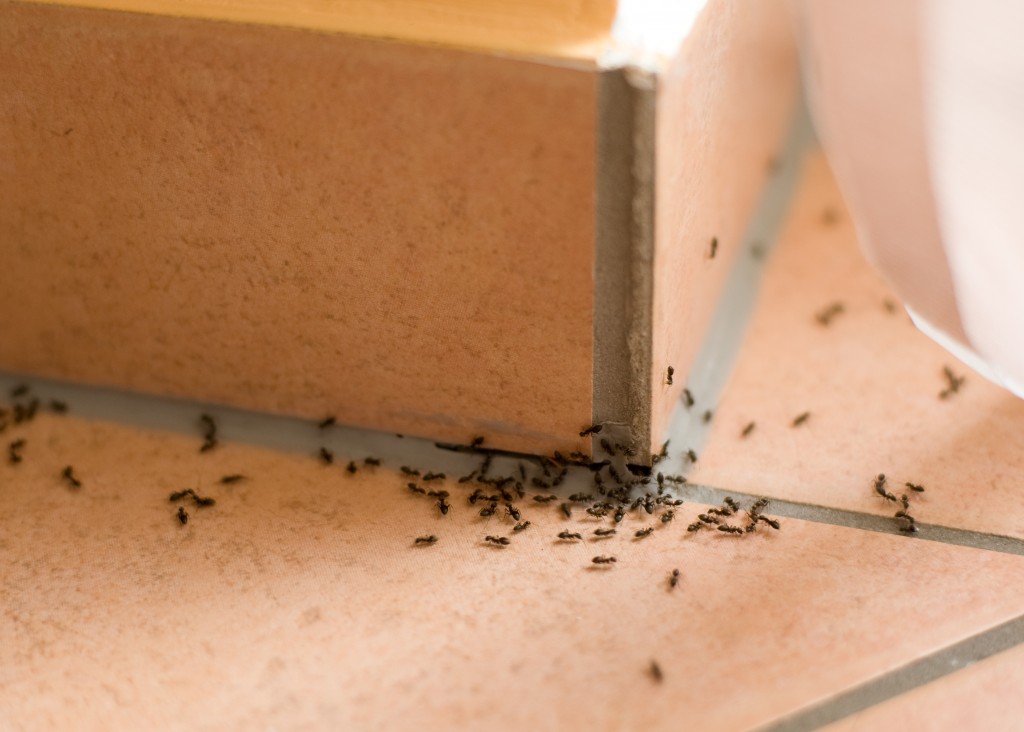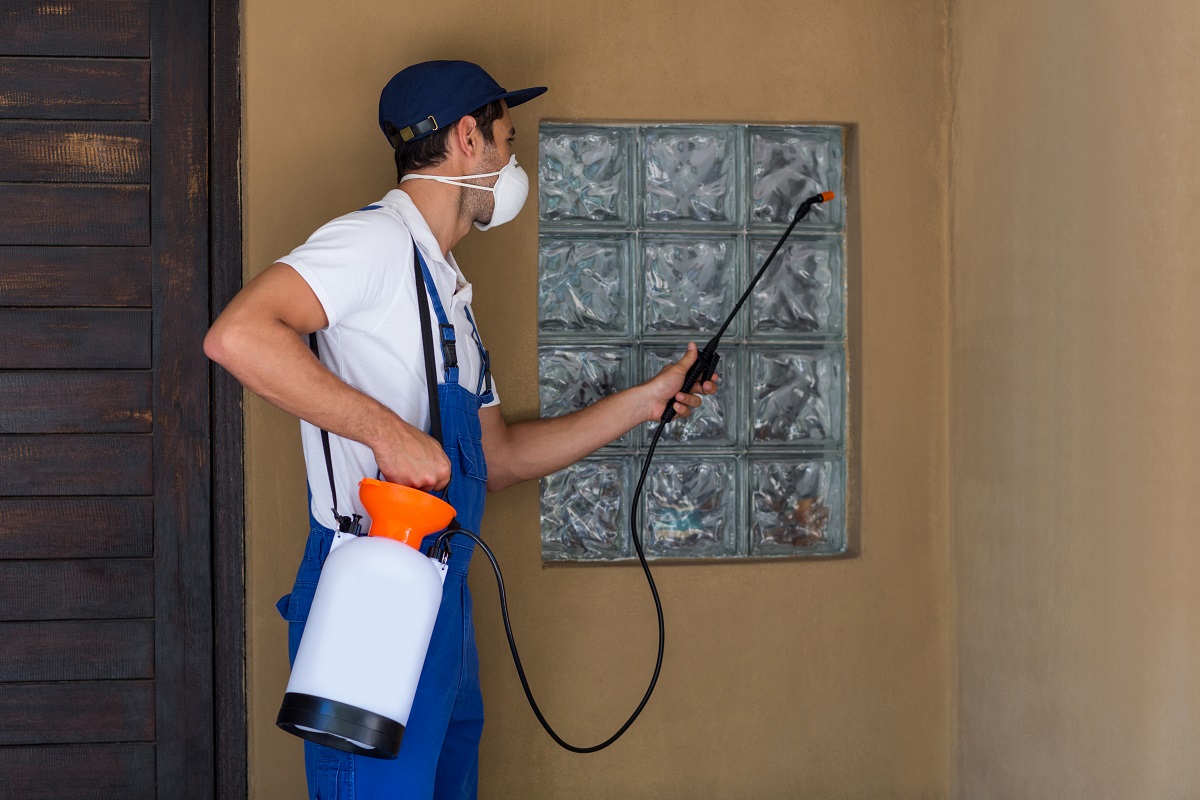Hospitality Industry: Fumigate or Suffer the Wrath of Pests

Pests are common in households and commercial spaces. When you are sure of the hygiene levels of your area, you and your guests might dismiss most pests as a nuisance. Even so, this might not work for those in the hospitality sector. Even one tiny roach or a bedbug in your establishment is enough to send even the most loyal customers to your competitors. Rigorous cleaning and the use of high-end cleaning products will do little to keep pests out of your premises.
Periodic commercial fumigation of your London-based hotel, kitchen, lodge, or hostel is the only way to guarantee that your establishment remains pest-free. Methyl bromide, magnesium phosphide, and sulfuryl fluoride are the common fumigants used in hotels. These, unlike routine targeted pest control, will get rid of several types of pests at a go. The following are the common pests in hospitality establishments addressed by fumigation.
Rodents
The food in your kitchen will ordinarily attract mice and rats. These rodents will thus build nests near food stores. Rodents have rapidly increasing populations since they reproduce fast and thrive when sheltered from predators and harsh environmental conditions. Other than food destruction and contamination, they carry other ectoparasites like ticks, mites, and lice into your establishment and damage your fixtures. You should limit the access areas into your buildings for the rodents and keep stored food covered to ensure your interiors remain rodent-free.
Cockroaches
These are the most common pests in food preparation sections. They can hide even in the smallest spaces and reproduce fast, and most modern species are resistant to store-bought pesticides. The most common species you might deal with are German, American, and oriental cockroaches. These transmit a range of allergens, bacteria, and viruses and will defecate along their paths, thus emitting a foul odor. They also cast their shells and eggs on food that consequently contaminates it.

Textile Pests
These include beetles and moths that are found in textiles of animal origin. These include wool, leather, feathers, and silk. Unfortunately, these materials are among the most luxurious ones used in bed sheets, towels, and carpets, among other linen in the hospitality sector. Textile pests also affect paintings and upholstered furniture. When left untreated, they might cause irreparable damage to your items and trigger allergic reactions in guests and your staff.
Bedbugs
With the high number of guests using your bed and the luggage that comes in and out of your rooms, bedbugs are a common risk. Unfortunately, these are also the most challenging pests to get rid of in hospitality establishments. It would be best to seek professional remediation for the bugs and invest in regular fumigation as a preventive measure against their re-emergence.
Training your staff on detecting the initial signs of a pest invasion goes some way in their prompt removal from your premises. Even the most vigilant of staff might, however, miss a sign or two of pests and leave you embarrassed when guests pinpoint them. Thankfully, the chemicals used for routine fumigation when targeting the above pests are non-toxic and will not necessitate your closing down and the losses that come with it.




